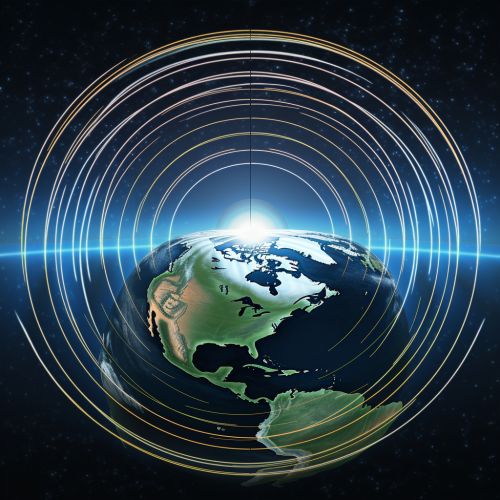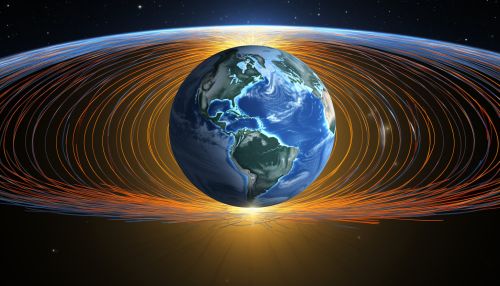The Science of Earths Magnetic Field
Introduction
The Earth's magnetic field, often referred to as the geomagnetic field, is a complex and intriguing natural phenomenon that plays a pivotal role in the planet's dynamics and its capacity to support life. Originating from the convective motion in the Earth's outer core, the magnetic field extends from the Earth's interior into space, where it interacts with the solar wind, a stream of charged particles originating from the Sun.


Generation of Earth's Magnetic Field
The generation of Earth's magnetic field is primarily facilitated by a dynamo process, which is a result of the movement of molten iron within the outer core. This convective motion, driven by heat escaping from the core and coupled with the Earth's rotation, produces an electric current which subsequently generates a magnetic field. This is referred to as the geodynamo theory. The intricacies of the dynamo process are complex and not entirely comprehended, but it is believed to involve a combination of rotational effects, buoyancy forces, and the Coriolis effect.
Characteristics of Earth's Magnetic Field
The Earth's magnetic field is roughly a dipole, with the magnetic field lines originating from the South Pole and converging at the North Pole. However, the field is not perfectly symmetrical and exhibits significant irregularities. The intensity of the magnetic field at the Earth's surface varies from approximately 25 to 65 microteslas (µT). It is most potent near the magnetic poles and weakest along the equator. The magnetic field also fluctuates over time, a phenomenon referred to as geomagnetic secular variation.


Geomagnetic Reversals
One of the most captivating aspects of the Earth's magnetic field is its capability to reverse polarity. Geomagnetic reversals, where the North and South magnetic poles interchange positions, have occurred numerous times throughout Earth's history. The most recent reversal, known as the Brunhes-Matuyama reversal, transpired approximately 780,000 years ago. The process and causes of these reversals are not fully understood, but they are believed to be linked to instabilities in the geodynamo process.
Role of the Magnetic Field
The Earth's magnetic field performs a crucial role in preserving life on Earth. It forms the magnetosphere, a protective barrier that prevents the solar wind from directly reaching the Earth's surface. Without this protective shield, the solar wind would erode the ozone layer, which safeguards the Earth from harmful ultraviolet radiation. The magnetic field also assists in navigation for numerous species of animals and plays a role in the human sense of direction.
Future of Earth's Magnetic Field
The future of the Earth's magnetic field is a subject of ongoing research. Some scientists propose that the field may be in the initial stages of a polarity reversal, which could have significant impacts on navigation and communication systems. However, this is a topic of considerable debate and uncertainty within the scientific community.


